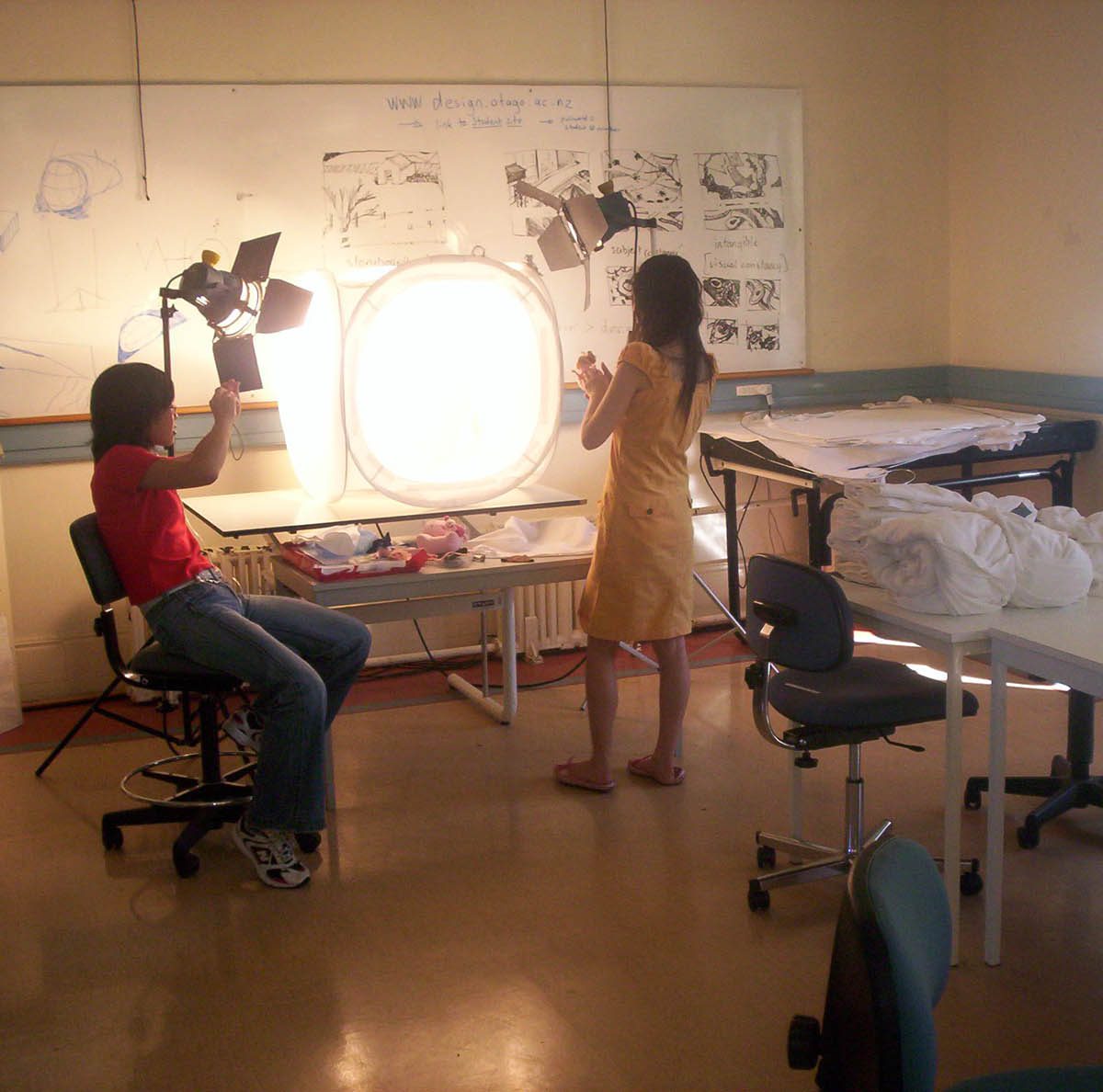It is a fact that businesses often need to have excellent interior photography. Businesses in real estate, interior design, architecture and the hospitality industry are just some that require outstanding photographs to attract clients. The main key to achieving excellent interior photography is the photographer and proper materials. This adventure takes nothing more than a tripod, a good camera, and a good photo editing software like Photoshop and Lightroom. Here are some tips on how to make the best shots of interiors:
Tip 1: Eliminate any Blurriness
Photographers generally need to have steady hands, but even if those hands are steady as a rock, there should be no chance of blurriness. The best way to avoid blurry images is to always carry a tripod with you. The tripod helps you make indoor images sharp since it functions as an extra stabilizing tool. As an extra measure, you should set your camera’s timer so the images aren’t blurred by any additional movement from your fingers.
Tip 2: Use Natural Lighting
The main goal in interior photography is to achieve that there are no under-lit or over-lit spots in the pictures. You should be able to play with the natural lights available in the room. Make sure you use the natural shades and turn off all other lights. Remember that you are after soft light so rely on natural lighting to its fullest. In the situation where the light coming from the window is not bright enough, the camera’s shutter speed settings can do the trick. By placing the camera on the tripod and slowing down shutter speed, you will allow it to pick up all the light from the room and there will be no need for artificial lighting. Natural light photographs give the best final results because the colors are clean and fresh and the shadows come from natural directions.
Tip 3: Make sure you Shoot Straight
Interior photos are best if they are shot straight. The room’s architectural framework can be the perfect guide to align the camera. If the camera has compositional guides or a grid, this is a good chance to use these tools. It is important to align the wall’s horizontal and vertical lines within the viewfinder, along with the horizontal and vertical items and elements that go along that wall.
Tip 4 : Shoot RAW
Most cameras now have the ability to shoot RAW, which is basically untouched photographic data. Shooting in RAW mode allows the photographer more control over the final photo. RAW files contain more photographic data, a feature that allows the photographer to retrieve underexposed areas and adjust the final size and white balance of the photo
Tip 5: Make Some Space
Sometimes the interiors that are being photographed are overcrowded and the photographer has no choice but to make some room. When shooting small interiors like kitchens and bathrooms, photographers tend to listen to their instinct and go for wide-angle lenses which often results in distorted images. The best way to get good images is to change the environment rather than changing the lens. This basically means that the photographer is free to move items and other stuff around in order to get the best shots.
Tip 6: Know how to use Aperture
Whether you’re shooting vignettes or close-ups, it is very important to know when and how to use aperture, which is a tool that controls the camera’s depth of field. The larger the aperture number, the sharper the objects. The smaller the aperture number, the shallower depth of field you get. For example, if you want to shoot a decorative vase in close-up, and you want the other elements blurred out , then the focus tool is just one part of what you need to achieve that. In order to get a sharp image of the vase, you need to use wider aperture.
For more photography tips and related Photoshop courses please visit: NYIP Photoshop course page.

